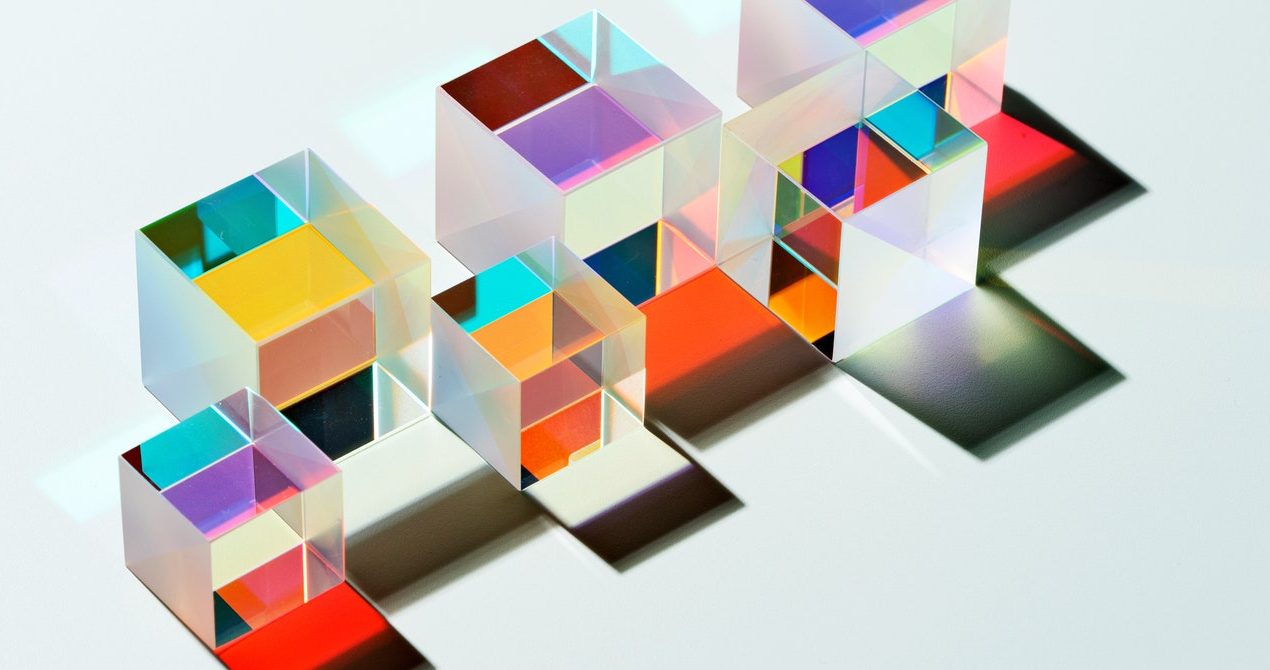In the days leading up to its annual software conference, Google executives were unusually excited about … wallpaper. Phone wallpaper. Wallpaper that changes and breathes and undulates on Android phones, specifically. Wallpaper that’s generated by artificial intelligence after tapping a few prompts on your phone screen.
“Generative AI” is the key phrase here. It’s the category of artificial intelligence that tech companies both big and small are hanging their futures on right now. Alphabet-owned Google is one of the pioneers in this space; as Google executives like to remind people, the “T” in OpenAI’s ChatGPT actually refers to transformer technology that Google introduced back in 2017. And Google has been working on humanlike chatbot technology for years.
But now Google is largely perceived as being behind in generative AI, since both OpenAI and Microsoft (which funds OpenAI) released their GenAI chat tools before Google had a chance to unleash its own tool, called Bard. The release of ChatGPT even reportedly triggered a “code red” for Google, leading the company to funnel more resources into building AI products, and yesterday.
So it makes sense that Google would use I/O, its annual developer conference that kicked off today in Mountain View, California, as a stage to tout its latest AI features. AI is the thread woven throughout the program. It’s also featuring prominently in two new Android-specific features, demonstrating just how eager Google is to unleash usable products around generative AI and get into the hands of potentially billions of people.
“We’re in this position where Google has pioneered much of the seminal research, particularly around this class of large language models, which is the basis of this nonlinear step forward in tech,” Dave Burke, vice president of engineering for Android, said in an interview with WIRED. “And at the same time we have these large surfaces of Android. And we can bring the two things together.”
“For Google, the Android ecosystem offers a platform to prove its innovative AI portfolio at a scale that not all of their cloud peers can compete with,” says Chirag Dekate, vice president and analyst at Gartner.
Picture This
The new suite of generative wallpapers for Android seem basic but use varying levels of AI. There’s a customizable emoji option and a “cinematic” mode that turns still photos into mini movies. The latter uses on-device machine learning to determine what’s foreground in the image and what’s background, then creates a subtly zooming parallax effect. Generative AI wallpaper is more, well, generative: The user will tap on a series of predetermined prompts offered on the phone, like “classic arts,” “City by the bay,” and “Post-Impressionist,” which then generates entirely new and original wallpapers.
Video: Google
Video: Google
Google says its image-generation model is trained on public domain artwork, which means it’s likely hoping to head off any sticky ethical issues around the AI art copyright. It also won’t be available to the masses right away: The wallpapers will roll out only to Google’s own Pixel phones first, starting next month.
So … wallpaper? Google’s seminal research has resulted in AI Van Gogh on your phone? Well, yes, but Burke insists that while “it might seem obvious or simple in retrospect, this is one of the ways we’re thinking that AI can be applied in a very user-centric, responsible way.”
Source




